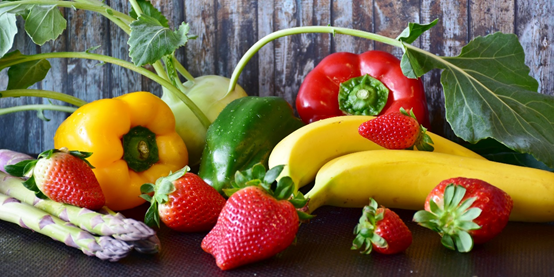
Free Radicals and Antioxidants
Free radicals are atoms or molecules that are highly reactive with other cellular structures because they contain unpaired electrons. Free radicals are natural by-products of ongoing biochemical reactions in our body, including ordinary metabolic processes and immune system responses. Free radical-creating substances can be found in the food we eat, the drugs and medicines we take, the air we breathe, and the water we drink.
Free radicals can cause damage to parts of cells such as proteins, DNA, and cell membranes by stealing their electrons through a process called oxidation. When free radicals oxidize important components of the cell, those components lose their ability to function normally, and the accumulation of such damage may cause the cell to die.
Uncontrolled oxidative stress can accelerate the aging process and may contribute to the development of a number of conditions. Oxidative stress in skin plays a major role its the aging process1.
Numerous scientific studies and reviews indicate that increased production of free radicals causes or accelerates nerve cell injury and leads to disease2,3,4.
Each Sunbio Collagen Peptides Beauty sachet contains 4875 mgs of Premium quality Australian derived Collagen Peptides, 100 mg of Vitamin C (Ascorbic Acid), 1200 mg of eqiv. Vitis vinifera extract and 2150 mcg of equiv. zinc
Antioxidants, also known as “free radical scavengers,” are compounds that either reduce the formation of free radicals or react with and neutralize them. Antioxidants often work by “donating” an electron to the free radical before it can oxidize other cell components. Once the electrons of the free radical are paired, the free radical is stabilized and becomes non-toxic to cells.
Like free radicals, antioxidants come from several different sources. Cells in our body naturally produce antioxidants such as glutathione. Examples of dietary antioxidants include vitamins A, C, E and essential minerals like zinc, manganese, copper.
Our diets are an important source of antioxidants. Foods such as fruits and vegetables provide many essential antioxidants in the form of vitamins and minerals that the body cannot create.
We continue to learn about the protective effect of antioxidants from scientific studies from all around the world. For instance, men who eat plenty of the antioxidant lycopene (found in tomatoes) may be less likely than other men to develop prostate cancer. Lutein, found in spinach and corn, has been linked to a lower incidence of eye lens degeneration and associated blindness in the elderly. Flavonoids, such as the tea catechins found in green tea, are believed to contribute to the low rates of heart disease in Japan.
Sources of antioxidants
Plant foods are rich sources of antioxidants. They are most abundant in fruits and vegetables, as well as other foods including nuts, wholegrains and some meats, poultry and fish.
Good sources of specific antioxidants include:
· allium sulphur compounds – leeks, onions and garlic
· anthocyanins – eggplant, grapes and berries
· beta-carotene – pumpkin, mangoes, apricots, carrots, spinach and parsley
· catechins – red wine and tea
· copper – seafood, lean meat, milk and nuts
· cryptoxanthins – red capsicum, pumpkin and mangoes
· flavonoids – tea, green tea, citrus fruits, red wine, onion and apples
· indoles – cruciferous vegetables such as broccoli, cabbage and cauliflower
· isoflavonoids – soybeans, tofu, lentils, peas and milk
· lignans – sesame seeds, bran, whole grains and vegetables
· lutein – green, leafy vegetables like spinach, and corn
· lycopene – tomatoes, pink grapefruit and watermelon
· manganese – seafood, lean meat, milk and nuts
· polyphenols – thyme and oregano
· selenium – seafood, offal, lean meat and whole grains
· vitamin A – liver, sweet potatoes, carrots, milk, and egg yolks
· vitamin C – oranges, blackcurrants, kiwifruit, mangoes, broccoli, spinach, capsicum and strawberries
· vitamin E – vegetable oils (such as wheatgerm oil), avocados, nuts, seeds and whole grains
· zinc – seafood, lean meat, milk and nuts
· zoochemicals – red meat, offal and fish. Also derived from the plants that animals eat.

 中文
中文